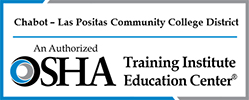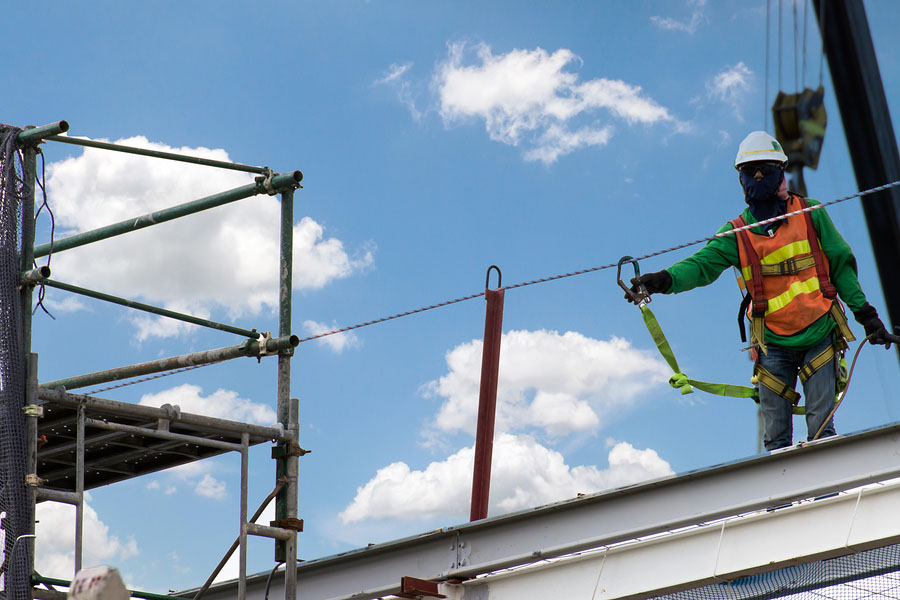An estimated 2.3 million workers, or 65% of the construction industry, work on scaffolds, and thousands of workers are injured every year in scaffolding-related accidents. Scaffolding is consistently ranked third on OSHA’s Top Ten List of the most frequently cited standards violations. These statistics are an indication of how vitally important it is for employers to increase their vigilance to protect employees who work on or near scaffolding by maintaining compliance with all provisions of OSHA’s scaffolding standard (29 CFR 1926.451).
OSHA’s scaffolding standard requires that each scaffold and scaffold component must support without failure its own weight and at least 4 times the maximum intended load applied or transmitted to it. A qualified person must design the scaffolds, which are loaded in accordance with that design. Scaffolds and scaffold components must not be loaded in excess of their maximum intended loads or rated capacities, whichever is less. Load carrying timber members should be a minimum of 1,500 lb-f/in2 construction grade lumber.
Some additional key provisions of OSHA’s scaffolding standard include:
- Fall protection or fall arrest systems are required for workers more than 10 feet above a lower level.
- Guardrails and crossbracing must comply with specified heights.
- Midrails must be installed approximately halfway between the toprail and the platform surface.
- Support scaffold footings must be level and capable of supporting the loaded scaffold.
- Supported scaffold platforms must be fully planked or decked.
- Supported scaffolds with a height-to-base of more than 4:1 must be restrained from tipping by guying, tying, bracing or the equivalent.
- Employers must train each employee who works on a scaffold on the hazards and the procedures to control the hazards.
- A competent person must inspect the scaffold and components for visible defects before each work shift and after any occurrence that could affect the structural integrity.
- When erecting and dismantling supported scaffolds, a competent person must determine the feasibility of providing a safe means of access and fall protection.
Access OSHA’s Scaffolding eTool here.

